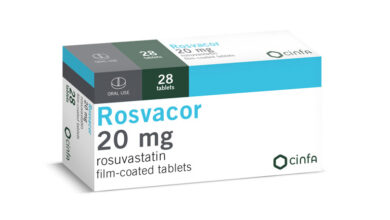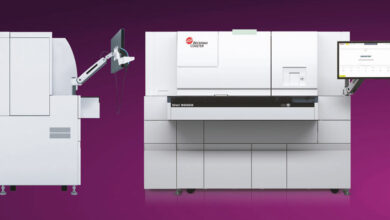Coagulation Testing Sysmex Ca-100 Series

Haemostasis is the body’s physiological method of maintaining blood circulation. The combination of complex actions between the blood vessel, smallest blood cells (platelets) and specific proteins in the plasma stop bleeding if a blood vessel is damaged.
The mechanisms involved need a regulatory system to ensure a proper balance between the need to stop bleeding and causing a blockage in the vessel. Those suffering from an imbalance in the haemostasis system can have a higher bleeding risk (haemophilia) or a higher risk of blockage of the blood vessels by undesired clot formation (thrombosis). Through our analysers and other services, Sysmex has significant experience in helping doctors diagnose patients with haemostatic disorders or treating patients to prevent them bleeding or thrombosis. From basic to highly specialised tests, our analyser portfolio covers the needs of all kinds of laboratories.
Coagulation is complex
When blood vessel walls are damaged, blood vessels contract to slow down the blood stream. The damaged cells from vessel’s inner wall (endothelium) trigger several processes, including the activation of platelets and the clotting mechanism. Activated platelets stick together (adhesion) and form complexes (aggregation) that result in the first haemostatic plug in the vessel wall to stop the bleeding. Activated platelets also form the surface for the clotting process. Clotting (coagulation) occurs through the formation of a network of fibrin, which in turn is the result of many other so-called clotting factors being activated. The fibrin network and the haemostatic plug form a secure solution for stopping bleeding and give the body the opportunity to repair the blood vessel.
Our semi-automated systems
Your straightforward, compact coagulation solution

CA-101
The CA-101 uses turbo-densitometry and combines the best of both mechanical and optical detection principles.
The lamp intensity automatically adjusts to sample turbidity, which means all samples are properly analysed with constant high quality results.
Results are automatically calculated for PT and fibrinogen. They can be output to an optional external printer.
Standardised procedure
The instrument incubates and mixes sample and reagent automatically and indicates when to add starting reagent. The auto-start function automatically detects when reagent is added (pipetting is done manually) and triggers mixing and clot detection.
This procedure requires only little manual intervention, is easy to perform and ensures consistent, high quality results so you can focus further on standardisation in your lab.
Ideal for laboratories that require minimum manual intervention in performing routine coagulation assays. It is designed to simplify coagulation testing making it more standardized and reproducible.
- Coagulation testing is made easy with built-in timer, temperature control and auto-start and timing of measuring process.
- Easy to use with pre-programmed methods.
- Objective detection of clot formation.
- Automatic light intensity adjustment according to the turbidity of the plasma, making it possible to measure icteric or lipemicplasma reliably.
- Sophisticated standard curve tool to maintain accuracy and precision.
- Increased throughput with short incubation time.
CA-104
The instrument incubates and mixes sample and reagent automatically and indicates when to add starting reagent. The auto-start function automatically detects when reagent is added (pipetting is done manually) and triggers mixing and clot detection. This procedure requires only little manual intervention, is easy to perform and ensures consistent, high quality results so you can focus further on standardisation in your lab.
Running analyses on the CA is simple, but you can perform other tasks easily and safely too. You can load method-specific data and parameters into the analyser via a pre-programmed ChipCARD, which is read by the integrated ChipCARD reader. This reduces the risk for errors significantly. During measurement, recorded data such as results, reaction curves and patient data can be saved to an SD-card via the integrated SD-card interface.
- Ideal for laboratories that require minimum manual intervention in performing routine coagulation assays. It is designed to simplify coagulation testing making it more standardized and reproducible.
- Coagulation testing is made easy with built-in timer, temperature control and auto-start and timing of measuring process.
- Easy to use with pre-programmed methods.
- Automatic light intensity adjustment according to the turbidity of the plasma, making it possible to measure icteric or lipemicplasma reliably.
- Sophisticated standard curve tool to maintain accuracy and precision.
- Increased throughput with short incubation time.
- A technology that requires only half the sample and reagent volume for testing as compared to manual method.















